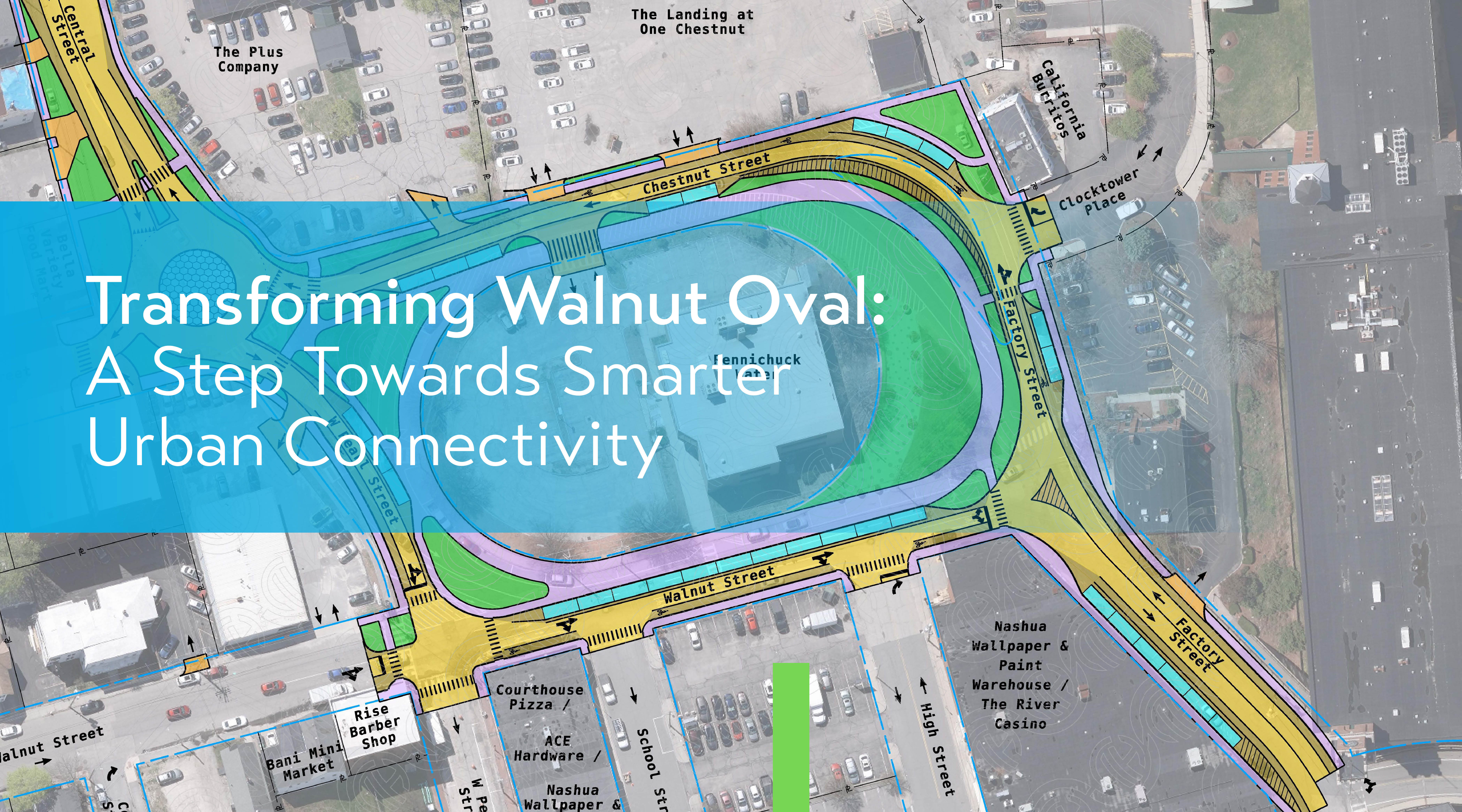One of the societal changes that has taken place because of the pandemic is working remotely, which has allowed people to live anywhere and not be tied down to an office. In Florida, this has resulted in an enormous, unplanned and unexpected real estate boom that has stressed a critical public infrastructure: the water supply.
Pre-pandemic, in January 2020, a study for a city in central Florida projected no need for increasing its permitted supply until 2045. A year and a half later in May 2021, our updated projection found that the amount of newly proposed development accelerated that need to 2027, almost 20 years sooner.
With the real estate boom and pressure on a public water supply, the risk would be running out of water. So, there are some considerations to be made before a municipality can determine next steps.
- The first step is to consider its water withdrawal permit. In Florida, these permits are issued by the five water management districts. Like comparable regulatory agencies throughout the US, withdrawal permitting is often complex, challenging and – at times – contentious, given that high quality water is a limited resource subject to competing needs and interests.
- Second, consider alternative water supplies. This may include sources like deeper aquifers or saline surface water that has not been considered in the past because of greater treatment requirements and higher capital and operating costs.
- Third, focus on water conservation to reduce per capita water consumption as well as increased beneficial reuse of treated wastewater (for example, lawn and golf course irrigation).
The need for additional water supply is, of course, not limited to Florida utilities. In Swansea, Massachusetts, the ground water option was tapped out. The water district was getting as much out of wells as it was going to get and regional alternatives for water didn’t make sense, economically. There, a new supply based on taking water from a coastal tidal river was developed that included treating a wellfield with high iron, manganese and carbon dioxide. After aerating the wellfield, an ultrafiltration membrane system provided iron and manganese removal for the wellfield as well as solids removal pretreatment for the river water. A reverse osmosis (RO) treatment system then desalted the river water. The treated well water helped to stabilize the desalted river water without the need for carbonate addition. Desalting will likely be required for the Florida alternative supply project.
The Floridan aquifer that our Florida client utilizes is one of the largest in the country lying beneath the entire state of Florida and southern portions of South Carolina, Alabama and Georgia. It varies in depth and lithology, and the high-quality zones can be stressed by overpumping, leading to the use of less desirable strata both from water quality and greater depth standpoints.
Our engineers have been aiding municipalities and counties with the challenges they face in their drinking water and wastewater supplies and treatments for decades. Do you have questions or concerns about issues your community may be facing? Please contact me!









